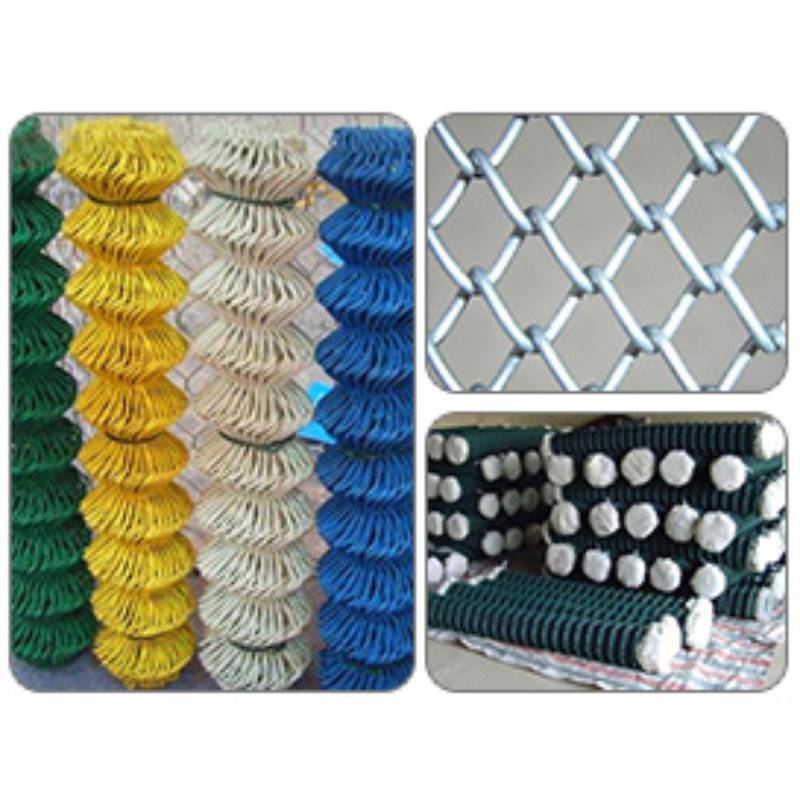
- Mobile Phone
- +8613931874955
- sales@cntcmetal.com
installing brick ties
Installing Brick Ties A Comprehensive Guide
Brick ties are essential components in masonry construction, playing a vital role in ensuring the stability and structural integrity of brick walls. These metal strips help to anchor the brick veneer to the underlying wall, typically made of concrete, wood, or steel. Understanding how to properly install brick ties is crucial for both professional builders and DIY enthusiasts. In this article, we will explore the importance of brick ties, the types available, and a step-by-step guide to installing them correctly.
Importance of Brick Ties
Brick ties serve multiple purposes in masonry construction
1. Structural Stability They help to bind the brick veneer to the structural frame of the building, preventing separation under load or environmental conditions.
2. Lateral Support Brick ties provide lateral support, which is critical in preventing the walls from swaying or buckling, especially during high winds or seismic events.
3. Moisture Control By allowing for some movement between the brick and the backing wall, brick ties assist in managing moisture and reducing the risk of damage caused by water infiltration.
Failure to install brick ties correctly can lead to severe problems, including structural failure and significant repair costs. Therefore, proper installation is essential for any masonry project.
Types of Brick Ties
There are several types of brick ties, each suited for different applications
1. Galvanized Steel Ties Most commonly used, these are rust-resistant and are suitable for various climates. 2. Stainless Steel Ties Ideal for environments that are highly corrosive, such as coastal areas, where salt can accelerate rust.
3. Plastic Ties These are used in specific applications, such as in retrofit projects where moisture control is a concern.
4. Continuous Ties Provide additional strength and are used in walls with larger spans.
5. Anchor Ties These are typically installed where the brick veneer meets the horizontal surfaces, providing extra support.
Installing Brick Ties
Now that we understand the significance and types of brick ties, let’s delve into the installation process
Step 1 Gather the Necessary Tools and Materials
Before starting, ensure you have the following materials and tools
installing brick ties

- Brick ties (appropriate type based on your project) - Hammer - Drill with masonry bits - Level - Measuring tape - Safety goggles and gloves
Step 2 Prepare the Wall
Ensure that the wall surface is clean and free of debris. Any imperfections or protrusions can interfere with the proper installation of brick ties.
Step 3 Measure and Mark
Determine the placement of the brick ties. Typically, ties should be installed every 16 inches vertically and every 24 inches horizontally. Use a measuring tape to mark the locations where the ties will go.
Step 4 Drilling Holes
Using a drill with a masonry bit, create holes in the wall at the marked locations. The size of the hole should match the size of the fasteners that will hold the ties in place.
Step 5 Insert the Ties
Align the brick ties with the holes you drilled. Use a hammer to tap them into position gently. Ensure that the ties are flush against the wall for proper adhesion.
Step 6 Secure the Ties
Using screws or anchors, secure the brick ties firmly into the wall. Ensure that they are tight enough to hold the weight of the brick veneer but not so tight that they cause the ties to buckle.
Step 7 Check for Alignment
Use a level to ensure that the ties are aligned correctly. This alignment is crucial for the overall stability of the brick wall.
Step 8 Install the Brick Veneer
Once the ties are securely in place, you can proceed with laying the brick veneer. Make sure to follow masonry best practices to ensure a strong, durable finish.
Conclusion
Proper installation of brick ties is critical for the safety and durability of masonry construction. With the right tools, materials, and knowledge, both professionals and DIY enthusiasts can successfully complete this essential task. By following the steps outlined in this guide, you can ensure that your brick walls are not only aesthetically pleasing but also structurally sound for years to come.
share:
-
Yard Sign Stakes: Reliable Guardians of Outdoor SignsNewsAug.04,2025
-
Wall Ties: Invisible Guardians of Building StabilityNewsAug.04,2025
-
Resilient Web: The Super Guardian Power of Concrete MeshNewsAug.04,2025
-
Masonry Accessories: A versatile assistant on building foundationsNewsAug.04,2025
-
Iron Binding Wire: the 'invisible reinforcement specialist' in the fields of architecture and industryNewsAug.04,2025
-
Dynamic Spring: The diverse functions and excellent performance of Wire Tension SpringNewsAug.04,2025
-
Your Source for Concrete Wall Ties and Masonry AccessoriesNewsJul.10,2025



















